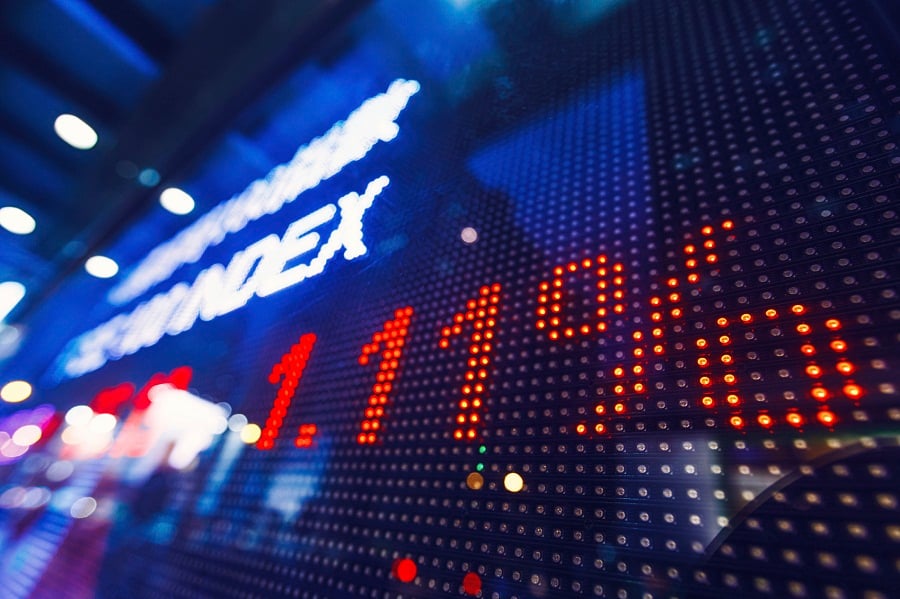Each year, about 20 to 25 stocks leave the S&P 500 and are replaced with other stocks that meet the guidelines for index membership. These changes usually are announced five trading days before the index change. Given the size of the asset pool that tracks the S&P 500 — exchange-traded funds, index funds and institutional portfolios — about 11% of the float shares of each stock in the index is in index-tracking portfolios.
The idea that 11% of a stock's shares may be bought over five days suggests to some people that buying will surge and push the price up. The reaction of stock prices to index adjustments has been studied several times, dating back to the mid-1980s. The extent of any price increase varied in the last 30 years and has declined in the past 10 years. Recently the effect has been a few percentage points. Moreover, any bump-up is temporary. There is no lasting effect and a few weeks after a stock joins the S&P 500, its price, adjusted for overall market movements, is back to normal.
TEMPTING IDEA
Still, the idea that one could profit from buying a stock as soon as possible after an addition is announced and then selling it when it enters the index is tempting. To see if this could work, I looked at the 13 additions to the S&P 500 in the first half of 2015. Since announcements are made at 5:15 p.m., New York time, the strategy is to buy at the open on the next trading day after the announcement and sell at the close on the day the stock enters the index. The closing price is the price S&P DJI uses to adjust the index divisor — if an ETF trades at that price they avoid any tracking error.
(More: Playing the stock index reshuffle game can cost investors)
How did it work? Of the 13 additions, six would have lost money and seven would have made money.
The odds of coming out ahead aren't very good. If you bought and sold one share of each addition you would have ended up with a profit of $8.81. However, you would have needed capital of about $540 because four additions had overlapping dates. The return on your capital would have been 1.7%. Doing this analysis completely would require a detailed event study covering much more than six months and adjusting stock prices to isolate the effect of index fund buying from overall market movements. Such studies have been done and they suggest, as did the example, that there isn't any free money lying around.
UNCONSTRAINED
The test case just discussed assumes that an index fund portfolio manager buys only at the closing price on the implementation date. A portfolio manager running an S&P 500 fund is not constrained to buy only at the close on the day the stock is added to the index. He or she can buy at any time and can spread purchases over a few days or weeks if it will yield a better price. The flexibility gives the portfolio manager an opportunity to time the buying to his advantage and use his understanding of the index. Some hedge fund managers and speculators do buy when an index addition is announced and expect to sell to an index fund a few days later. Some may also forecast (guess) what stock will be added next and buy in advance. All this activity increases the liquidity of the stock being added and can dampen any price movements.
As the old saying goes, there ain't no free money to be found in the stock market. And to believe that index fund managers are at the mercy of hedge funds or alleged front-runners, well that's just a tall tale.
This post originally appeared on S&P Dow Jones Indices' blog Indexology.
David Blitzer is chairman of the Index Committee at S&P Dow Jones Indices.







